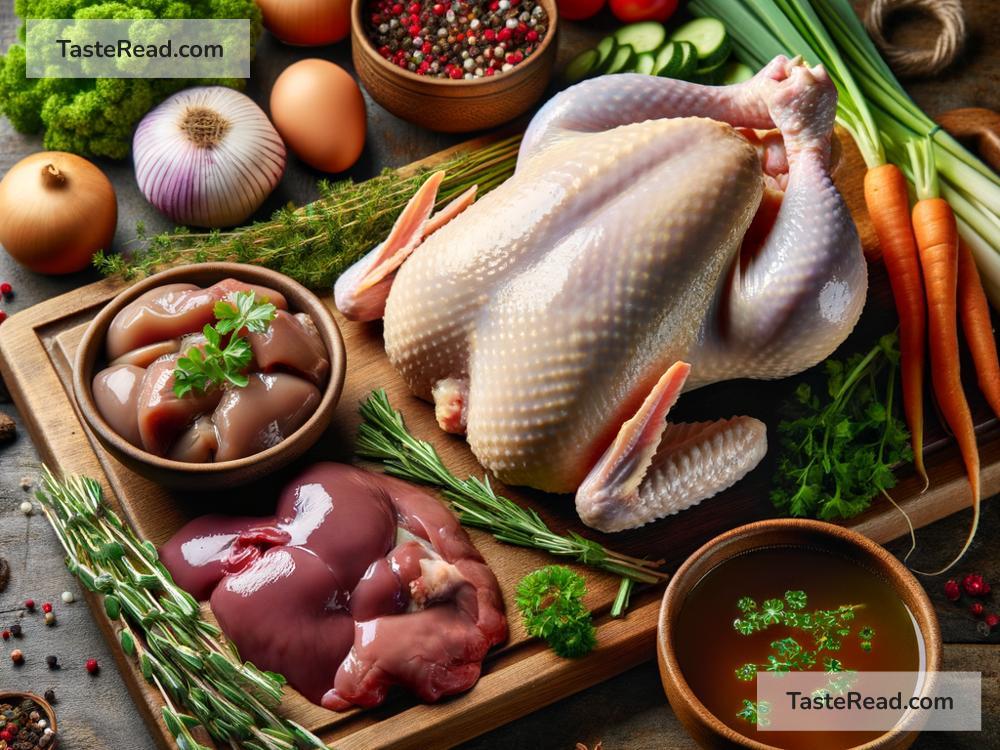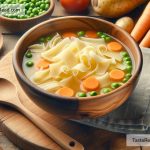Unlock The Secrets of Zero-Waste Cooking: Mastering Every Part of a Chicken
In an era where sustainability is not just a buzzword, but a lifestyle many are striving to adopt, zero-waste cooking has taken center stage in our kitchens. It’s about making the most of our resources, minimizing food waste, and respecting the process it takes for food to reach our table. Today, let’s dive deep into a culinary adventure that exemplifies this ethos: using every part of a chicken. This journey will not only help us reduce waste but also unlock flavors and dishes you might have never imagined before.
The Virtues of Zero-Waste
Before we embark on our chicken expedition, let’s touch on why zero-waste cooking is so powerful. It teaches us creativity, helps us save money, and most importantly, contributes to a healthier planet. Every bit of food we save from the trash bin means less waste in landfills, which can reduce greenhouse gas emissions. Plus, this approach encourages a deeper appreciation of our food and the effort that goes into producing it.
A Chicken in Every Pot
Chicken is a staple in many diets around the world. It’s versatile, relatively affordable, and most cultures have a treasure trove of recipes celebrating this humble bird. But beyond the usual breasts, thighs, and wings, there is so much more to explore. So, let’s break down the bird and see how we can make magic with every part.
1. Breast & Thigh Meat – The Stars of the Show
Starting with the familiar, chicken breasts and thigh meat are the go-to parts for most recipes. They’re perfect for grilling, baking, stir-frying, or making comforting soups and stews. But let’s not stop at the obvious; these cuts can be shredded for sandwiches, salads, or even turned into homemade chicken sausages.
2. Wings & Drumsticks – The Flavorful Delights
Wings and drumsticks are the unsung heroes of the chicken world, offering delectable flavors and textures. When roasted or grilled, they carry a delightful crispness and juiciness that’s hard to beat. A pro tip: marinating these parts can elevate your dishes to gourmet levels.
3. The Backbone & Carcass – The Foundation of Stocks and Broths
Once you’ve removed the prime cuts, you’ll be left with the carcass and the backbone. While they might not look like much, these parts are goldmines for making rich, flavorful stocks and broths. Just simmer them with water, vegetables, and your choice of herbs for a couple of hours, and you’ll have the perfect base for soups, risottos, and sauces.
4. Giblets & Neck – The Flavor Enhancers
Don’t discard the giblets (liver, heart, and gizzard) and the neck—they’re full of flavor. These parts can be sautéed to make a delicious pâté, added to stuffing, or used to enrich your stock. They’re a little bit of an acquired taste for some, but they’re definitely worth exploring.
5. Feet & Skin – The Textural Elements
Though perhaps not for the faint-hearted, chicken feet and skin are considered delicacies in many cuisines. The feet can be used in stocks for their gelatinous quality, adding body and richness. The skin, when rendered, provides crispy, tasty bits perfect for topping on dishes or as a snack. Plus, rendering the fat gives you chicken schmaltz, a versatile cooking fat.
6. Bones & Fat – Beyond the Kitchen
After you’ve maximized the edible parts, even the bones and remaining fat have their uses. Bones can be boiled down for bone broth, a nutritious and flavorful drink. The fat rendered from cooking can be clarified and used in place of oils in cooking, giving dishes a depth of flavor unique to chicken.
Closing Thoughts
Embarking on zero-waste cooking with chicken not only broadens our culinary horizons but also aligns us more closely with sustainable living principles. Each part of the chicken offers something unique, from flavors and textures to nourishment. By using every part of a chicken, we’re not just cooking; we’re participating in a cycle of respect and appreciation for the resources we have. So, next time you’re in the kitchen, challenge yourself to think beyond the familiar. Your taste buds, wallet, and planet will thank you.


